 Andy Meisenheimer, Acquisitions Editor at Zondervan acquires both fiction and nonfiction. Prior to his current position, he was a Senior Account Executive in Zondervan’s sales department for three years. Realizing that he is writing about himself in the third person, he hesitates to praise his keen editorial eye or his instinctual flair for finding great writing. And so instead he would like to call attention to his lovely wife, their adorable little boy, and his two dogs, who make their home with him in western Michigan. They are the best part of his life.
Andy Meisenheimer, Acquisitions Editor at Zondervan acquires both fiction and nonfiction. Prior to his current position, he was a Senior Account Executive in Zondervan’s sales department for three years. Realizing that he is writing about himself in the third person, he hesitates to praise his keen editorial eye or his instinctual flair for finding great writing. And so instead he would like to call attention to his lovely wife, their adorable little boy, and his two dogs, who make their home with him in western Michigan. They are the best part of his life.
A Couple of Thoughts about Dialogue:
(shamelessly adapted from the author’s workshop that a handful of people attended earlier this year)
The most important thing to know about dialogue is that it isn’t real.
Dialogue is representative of actual spoken words.
Dialogue takes out the fillers, the mistakes, and the circularity of real speech. The um’s and ah’s and pauses and you-knows and I-just-think-that’s of regular speech. It leaves out the mistakes and stumbling of the everyday speaker as they search for words and try to communicate effectively. It leaves out “yeah?” and “really?” and “mm-hm” that the listening party uses to encourage the speaker. And it avoids the common repetition that we engage in during regular speech.
Try this sometime—listen to a conversation at the table next to you at the food court at the mall or a coffee shop. Chances are you’ll notice all three of these things; and chances are you’ll find that conversation very enlightening on the human condition—how we talk, and why we say what we say. And you’ll learn there that fillers, mistakes, and circularity aren’t to be completely avoided during dialogue. They are tools to be used at certain times. But if they were as prevalent in fiction as in real life, your reader would get weary.
I found this principle illustrated once at a writer’s conference, where I took part in an editor’s panel two hours in a row. The same panel, same questions, but different audience. The first time I got to answer a question, I went round and around, discovering my own answer to the question by processing some things out loud. “Well, I think, you know, and if you this, then I’d that, etc.” The second time around, I realized there was only one thing to say—one bottom line. One sentence that captured my opinion. And that’s what I said. One controlled sentence that communicated everything—and more, because of what it left out—that my earlier rambling answer said.
You don’t want to give your characters brilliant laconic lines every single moment as if they’ve had hours to think about what they’re going to say—but you don’t need to have them ramble and rant until they find that one elusive concise answer.
The next important thing to know about dialogue is that it’s real.
Meaning, after you trim away the fat and get to the heart of skillful dialogue, it will strike the reader as absolutely real and powerful dialogue. Nobody talks like they did on “The West Wing”, but you sit there mesmerized because their lines are so absolutely true. It captures the rhythm of conversation; it doesn’t condescend to the reader; it has just the right touch of realistic quirks; it captures the personality of the character.
I’m not sure there’s a foolproof test to see if your dialogue is real. It’s always easy to start with eliminating the quantifiable pitfalls of dialogue than to really work up to brilliant and realistic dialogue. Some say to read it aloud—not because if you can say it, it’s good, but because if you can’t say it, if the inflection and emphases don’t work, then it is definitely bad. But we’ll start with the easy things to eliminate, and then work toward what makes great dialogue.
But my warning up front is this: great dialogue is like great music. It’s not going to follow these easy rules of drop this and add that, because dialogue, of all the building blocks of writing, requires the most art. Stocks and formulas work for plot and character, but dialogue alone is impervious to posers. You just can’t fake it.
Here are three principles the shape good dialogue:
Good dialogue is conversation and not action.
“Jim, is that your voice I heard?” Sara inquired.
“Yes, it’s me, I just came in from outside,” Jim said.
“Why are you wiping your shoes on the carpet?” gasped Sara.
“Do I smell home cooking?” Jim sniffed appreciatively.
These characters aren’t talking to each other—they’re doing the job of the narrator. The narrator should be telling us about hearing Jim’s voice, Jim closing the door behind him, wiping his shoes on the carpet, and smelling home cooking. Jim and Sara, on the other hand, ought to be talking about something else.
In order for dialogue to be a real conversation, it is imperative that it isn’t communicating solely to the reader. The dialogue must be meaningful to the characters themselves. It’s easy to catch things like this, where a character is offering up common knowledge: “You know that I’m scared of the dark” or “Like I’ve said before, I hate John Coltrane” or “Remember when you crashed your car?” followed, of course, by “Remind me.” It’s less easy to catch things near “Anyway” or “Besides”—which usually signify information that isn’t necessary for the characters but necessary for the reader. It’s hardest to catch things that seem like the characters would need to know them, but the characters can already smell, taste, see, deduce, surmise, feel, on their own.
Jim: “It looks like she was strangled”
Sara: “Bruises around her neck suggest a rope or other thin cord.”
Jim: “There’s a bump on her head, probably from the fall down the stairs post-mortem.”
There’s no conversation here. No interaction. Just information. Granted, Jim and Sara are discovering these things, and so it’s not like the information isn’t vital. They really could be saying these things. But to keep the reader entertained, and slip in information on the side, how could it be better? The TV show Life does this well by having one of their cops pay attention to the strangest things at the crime scene, and suddenly the same information gets slipped in while the audience is entertained.
Jim (looking at a goldfish in an aquarium): “Was she strangled?”
Sara (actually examining the body): “Looks like with a cord or shoelace.”
Jim: “Bruises?”
Sara: “Yeah. Too thick to be wire. Too thin to be rope.”
Jim (fishing with his hand for the goldfish): “Any other injuries?”
Sara: “A bump on her head. What are you doing with that fish?”
Jim (holding the fish up out of the water by its tail): “Probably from falling down the stairs.”
Sara: “What?”
Jim (turns to her, still holding the fish): “The bump on her head. Probably from falling down the stairs.”
Sara (sees the stairs): “Oh.”
Jim: “What kind of person keeps one goldfish in a hundred-gallon aquarium?”
Good dialogue is oblique, not direct.
Here’s a conversation between a guy named Russell Fink and the Goth chick ringing up his gas station purchases. They’re complete strangers, and he’s told her that he’s going to go sit outside the window of the woman he loves. Russell is the one telling us the story.
“So, what, do you have a plan, oh Great Romancer, Don Juan of Nashville? Are you going to sing to her, or play her love songs from a boom box?”
“Huh?”
“Like in the movies, where the girl gets serenaded by the guy and finally he wins her heart. I imagine that’s how you’ll do it, right? That’s how a boy could win my heart.”
“No, I’ll probably just sit there and look in her window. This is a secret crush, and anyway, that only happens in the movies. I’m realistic. And neurotic. And scared. And I don’t want to ruin our friendship.”
“Well, pardon me for saying this, but your stupid plan kinda sucks. It’s totally lame. You’ll never get the girl, you dweeb.” She grins at my gaping expression. “Come on! Loving someone means doing something about it. Take action. Make your move. You’re acting a little selfish, if you ask me. And yes, I realize, you weren’t asking me. I’m not stupid myself.”
“Glad we got that settled. No, I wasn’t asking you. And I don’t appreciate your response. If I needed advice from a Goth girl working third shift at a gas station, guess what? I still wouldn’t have asked. Do you always play Ann Landers with your customers, or am I the lucky exception?”
“Cowardly, too. Need more?”
“Right. Thanks a lot. I mean it, really. Now could you bag up my Yoo-hoo and my Fig Newtons and hand me my coffee and let me get out of here before you start dispensing more brilliant wisdom in the middle of the night to a complete stranger?”
Okay, I’m already tired of the fact that these two strangers are blabbing so much at each other. Nothing here is fake; they’re thinking all of these things. But people don’t talk like this to each other. This dialogue isn’t true. Even if they’re going to say more than normal, there’s still a way to do it that better reflects the reality of this situation.
And Michael Snyder, the author of My Name Is Russell Fink, knows this. Let me read the real scene, how it actually plays out on page 298 (lest you think that Mike wrote the above dialogue; that was all me). By the way, this novel is a great way to explore the actual use of some of those filler words, because the author uses them to give color to certain character’s voices. But read this, and listen to how each character’s motivation sways the conversation until it is a pushmepullyu, dancing around the real issues.
“You’re not going to sing, are you?”
“Huh?”
“Like in the movies. No serenading or cheesy love songs on a boom box?”
“Nope. Probably just sit there.”
“Well pardon me for saying so, but that plan kinda sucks.” She grins at my gaping expression. “What good is loving someone if you’re not going to do anything about it? Sounds kind of selfish if you ask me—which you didn’t, of course.”
“You’re right, I didn’t ask.”
“And cowardly too.”
“Thanks for the advice,” I say. “But I really need to get going. So if you could put this stuff in a bag for me?”
She has to think about this. In fact, she stands motionless for so long that I’m wondering if she’s not high on something. Then she grabs a plastic bag, snaps it into a mini-parachute, and starts cramming my things inside. I reach for the bag, but she hangs on to it, her bloodshot eyes fixed on mine.
“Tell me something, lover boy. You believe in Jesus?” Great, here we go again. I’m a little offended that, in the eternal scheme of things, I’m in line behind my homicidal grandfather, his band of reformed hooligans, my dysfunctional parents, and now this goth girl riddled with piercings. When I don’t answer, she says, “Well?”
“Yeah, most of the time. Why?”
“What if he decided to just show up on his donkey and sit around drinking chocolate milk?”
“Actually, there’s no milk in Yoo-Hoo.”
“Better check that label, funny boy.” While I’m scanning the fine print for dairy content, she continues. “Jesus took one look at the people he loved and decided to do something about it. He actually got his hands dirty.”
“Didn’t those same people kill him for his trouble?”
She smiles. “Love hurts.”
Good dialogue has attitude; bad dialogue blurs.
This principle is the bane of police procedural TV shows, and authors in love with their own sense of humor. It’s why comedy teams usually end up with a straight man and the joker; the two distinct roles establish a rhythm that enhances the humor.
In fiction, if every character talks the same, then the lines between the characters begin to blur, and the reader is less able to emotionally connect with a character or relate. Some authors really struggle with this. Characters use similar gestures (like patting each other on the hand out of sympathy); their voices all consisted of complicated metaphors, long emotional soliloquies, and long involved witticisms. It makes it so that unless you pay full attention to the speaker attributions, you’re lost.
How a character speaks is one of the most important parts of characterization, and a topic for another day. The Russell Fink scene is a great illustration again, though. Not a single line in that exchange would be said the same way coming from the other character. In fact, Russell probably wouldn’t ever get past the first few lines in the role of cashier, but that’s his personality. But the author’s skillful juxtaposition of a heavily-pierced Goth girl who talks about Jesus with a slacker who wants to passively stalk his best friend gives you the kind of dialogue that is easy to listen to and entertaining to boot.
This is a key component of realistic dialogue: the personality and uniqueness of the character coming through. Johnny Payne says in his book on Voice and Style: “When you create a minor character, you should try to convey a clear sense of what is essential about him or her, as if you could go on for pages about that character if you wished.” Often this sense comes through a clear sense of their unique pattern of speech. In My Name Is Russell Fink, Russell has a little quirk when talking to the reader: instead of “My plan is to do this” or “I’m planning to do this”, he says “The plan is to”—a subtle little shift away from ownership and responsibility that speaks to Russell’s personality and worldview.
Most of all, keep practicing, listening, and learning, just like the classical pianist or the modern painter must in order to perfect their craft. Thanks for the chance to guest blog here at Novel Journey.
Wednesday, June 11, 2008
Home »
» Guest Blogger Andy Meisenheimer ~ Thoughts on Dialogue
Guest Blogger Andy Meisenheimer ~ Thoughts on Dialogue
Wednesday, June 11, 2008
13 comments




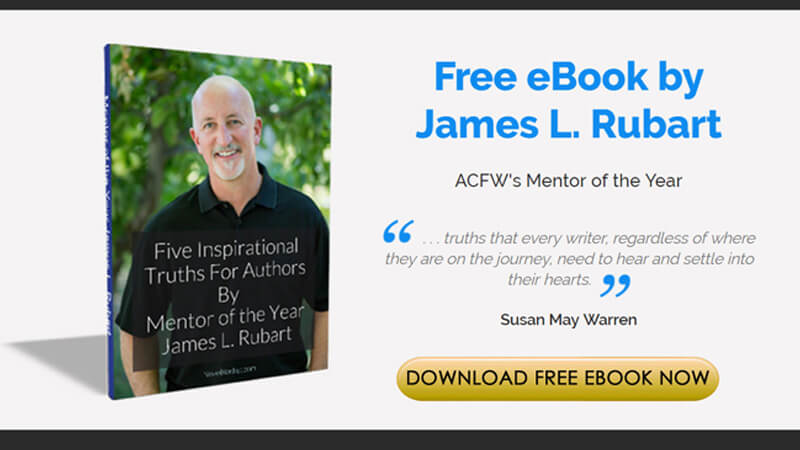
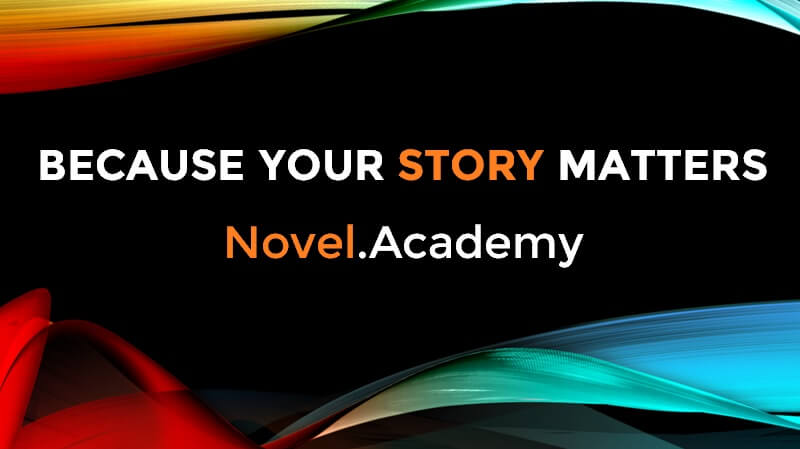
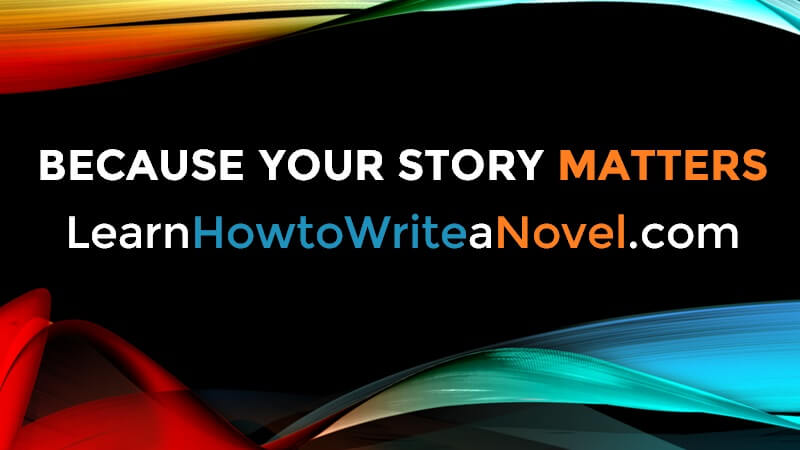
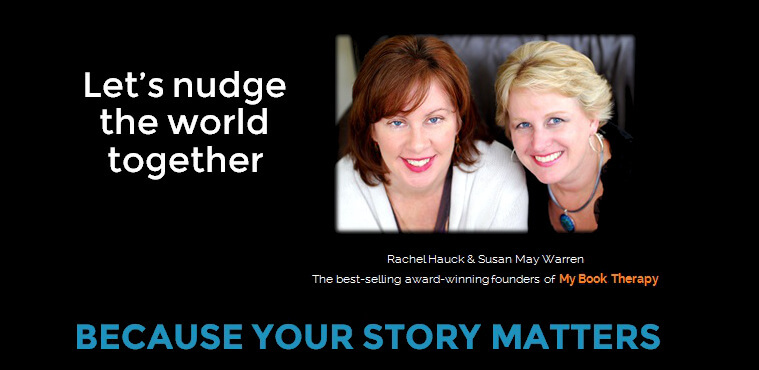
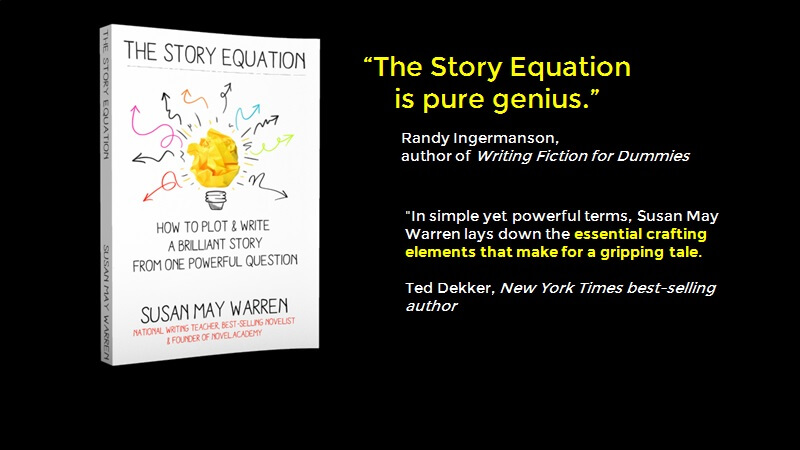
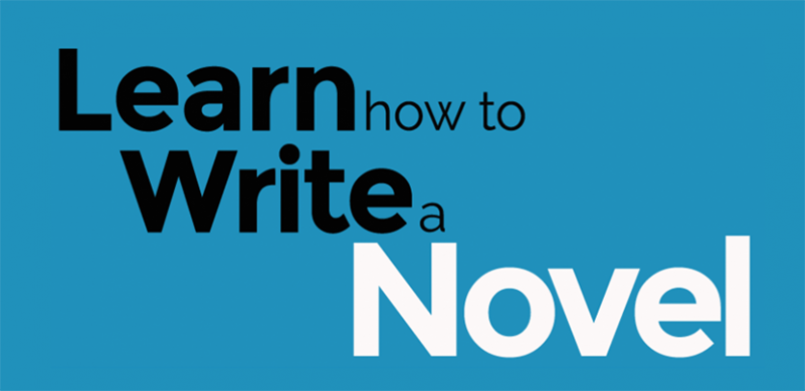


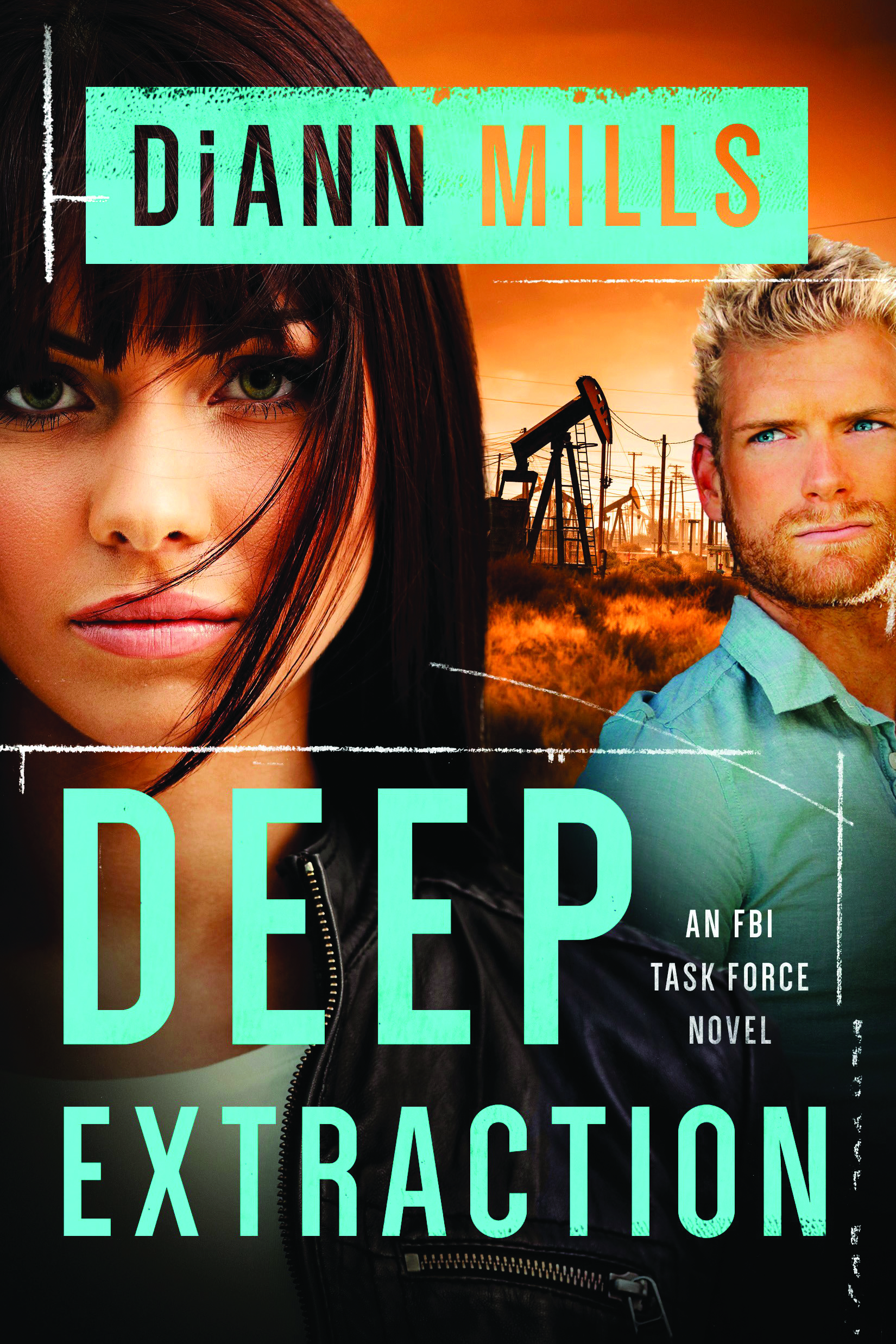










Thanks Andy! Happy Birthday.
ReplyDeleteGreat stuff, Andy. I've linked from Wannabepublished. Folks writing fiction will appreciate your perspective here.
ReplyDeleteYeah - happy birthday, Andy. :) I meant to upload a photo of pink baloons for you. :)
ReplyDeleteHey, Andy! Apparently it's your birthday, so have fun with that. You can borrow my tap shoes for the scene in the park--you know, the one where you dance with the animated creatures while M & R float by in a hot-air balloon. That one always makes me cry.
ReplyDeleteEnjoyed reading this. Great insights, and I love to see Mike and Russell getting the attention they deserve.
Andy, good stuff here. I'm sorry we never got to work together, but thanks for the encouragement along the way.
ReplyDeleteEric Wilson
I'm sorry to always be the nemesis, but I disagree with this as a blanket statement:
ReplyDelete"Dialogue takes out the fillers, the mistakes, and the circularity of real speech. The um’s and ah’s and pauses and you-knows and I-just-think-that’s of regular speech. It leaves out the mistakes and stumbling of the everyday speaker as they search for words and try to communicate effectively. It leaves out “yeah?” and “really?” and “mm-hm” that the listening party uses to encourage the speaker. And it avoids the common repetition that we engage in during regular speech."
Dialogue often defines characters and while I agree it is representative of speech/conversation, sometimes these "fillers" help enlarge or accentuate the character. When not used in excess, they make the character both "real" and identifiable.
Wonderful advice. Thanks.
ReplyDeleteGood instruction on what makes dialogue work...and not. Thanks for sharing.
ReplyDeleteOh, and Happy Birthday!
Hey everyone. Thanks for the birthday wishes--early, this year!
ReplyDeleteNicole, it's quite fun having a nemesis. Though I do worry you have a google alert out on my name. Sorry about Andy Meisenheimer, Texas realtor. He must throw you off. You can see later on in the post that I agree with you about disagreeing with me. The sentence that begins "By the way".
Eric, it sounds like one of us is dead in that statement. For your sake, I hope it's me. Gives me a great idea for a novel. Edited by the Vampire.
Honestly, Andy, I'm not tailing you around the blogosphere--I just happen to frequently disagree with some of your blanket statements. :)
ReplyDelete"By the way, this novel is a great way to explore the actual use of some of those filler words, because the author uses them to give color to certain character’s voices."
Now this is tucked away nicely within your post and refers to one writer (yes, I have read and reviewed MNIRF), but just how much attention is this going to get buried way under your initial assertion? It's okay, though. I'm not a mean-spirited nemesis.
Excellent article. Thanks, Andy.
ReplyDeleteYeah, um, I'd like to say that, uh, I think this really, really rocks, and, um, I wanna say thanks too. Heck, I'll just say thanks for all the people, the hundreds...no, the thousands, yeah, thousands of writers who didn't get to read this but who should thank you too. Yeah. Definitely. I'll totally use this. Thanks!
ReplyDeleteAnd your post is the third blog I've read TODAY that mentions that Michael Snyder book. Hmm. Sigh. Guess I'd better read it.
Many Happy Returns, Andy!
Camille Eide
Wait. I was one of those people who attended that seminar. And it was good. Very good. Just like your post, Andy.
ReplyDeleteGreat job, Mr. M.
Hey, have you seen your YouTube spot yet? Just joking.
[Happy birthday, she said though no one was listening anymore. They all stopped reading this post long ago. Drifted away to other sites. Some of them went to work on their books. Some went to purchase ACFW tickets. Some just went to sleep. Zzzzzzzzz.]